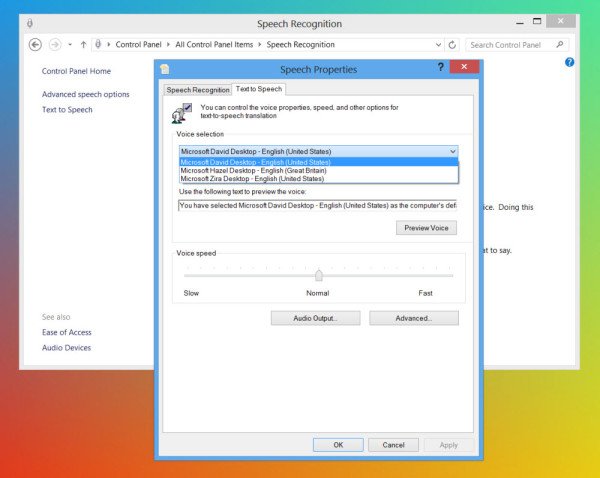
VDI-in-a-Box 5.4 (XenDesktop 7.1 VDA) deployment of Windows 7 Desktop OS machinesĬitrix has no plans to validate the VDI Plug-in solution with Windows 10 virtual desktops or with Windows Server 2012 published desktops.

XenApp 7.x deployment of Windows Server 2008 R2 published desktops XenApp 6.x deployment of Windows Server 2008 R2 published desktops

XenDesktop 7.x deployment of Windows Server 2008 R2 machines with hosted Remote Desktop Service (RDS) desktops XenDesktop 7.x deployment of Windows 7 and Windows 8.1 Desktop OS machines The “v1” VDI Plug-in enabled Windows device users to make audio and video calls while preserving server scalability by offloading media processing to the user device.Ĭitrix continues to support the following deployments with the Microsoft VDI Plug-in: The Microsoft “v1” VDI Plug-in, designed as a plug-in to Citrix Receiver for Windows, optimized Skype/Lync audio and video in a Virtual Desktop Infrastructure (VDI) environment, prior to the introduction of the new “v2” architecture jointly developed by Citrix and Microsoft. For feature limitations of the VDI Plug-in, refer to Known Limitations for VDI on the Microsoft TechNet site. This article describes how to install the Microsoft VDI Plug-in and provides a list of known issues.

(See VDI plug-in prerequisites on Microsoft TechNet.)Īlthough the VDI Plug-in solution has been superseded by the HDX RealTime Optimization Pack and updates to the Skype for Business client, it will continue to be fully supported according to its lifecycle. The VDI Plug-in was suitable for customers using the Skype for Business 2015 or Lync 2013 client exclusively with Windows devices (Windows 7, WES 7, Windows 8.x or Windows 10) and delivering the Skype or Lync client as part of a full virtual desktop. The Microsoft VDI Plug-in packaged the Skype/Lync client as a headless plug-in to the Citrix Receiver. Citrix and Microsoft continue to support the VDI Plug-in solution according to its lifecycle.

Prior to the Citrix-Microsoft collaboration on a “v2” architecture for delivering the Skype for Business client from XenApp and XenDesktop which culminated in the HDX RealTime Optimization Pack 2.0 release in December 2015 and a corresponding update to the Skype for Business client, Microsoft promoted a “v1” solution consisting of a Citrix Receiver for Windows plug-in called the “VDI Plug-in”. XenApp 6.x, XenApp 7.x, XenDesktop 7.x and Citrix Receiver 4.x include the interfaces required for compatibility with Microsoft’s old “v1” architecture VDI Plug-in for Skype™ for Business 2015 and Lync™ 2013.


 0 kommentar(er)
0 kommentar(er)
